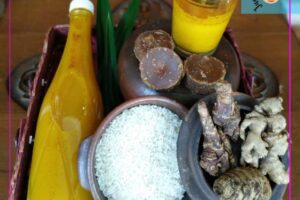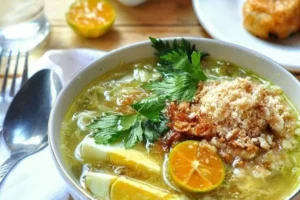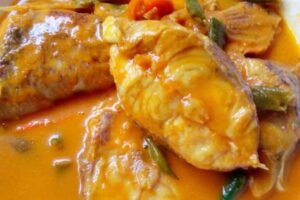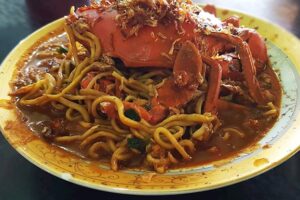Introduction to Es Doger
Es Doger, a beloved Indonesian iced dessert, has captured the hearts of locals and visitors alike. Originating from Bandung, West Java, this sweet treat is known for its unique blend of flavors and vibrant pink color. The drink combines coconut milk, ice, and various toppings such as red tapioca pearls, avocado, and jackfruit, all served in a pink syrup. Its refreshing nature makes it a popular choice during the hot summer months, especially in major cities like Jakarta, Malang, and Surabaya.
Origins and Cultural Significance
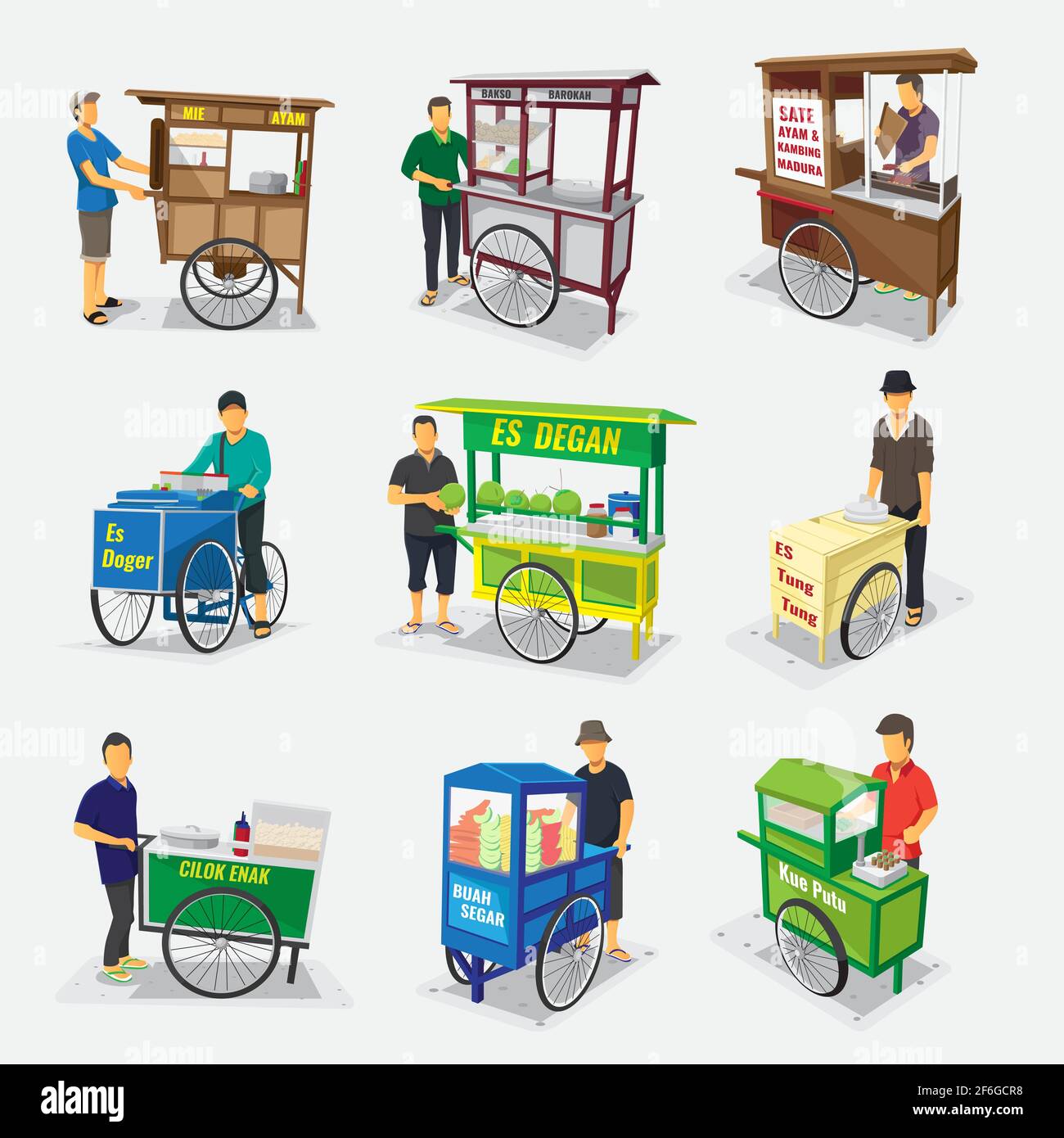
Es Doger’s roots trace back to Bandung, where it has become a symbol of local cuisine. The name “Es Doger” is believed to have been derived from the word “doger,” which refers to a type of traditional Indonesian confectionery. Over time, the drink evolved into the modern version we know today, blending traditional elements with contemporary tastes. It is often associated with the city’s cultural heritage, making it more than just a dessert—it’s a piece of history.
Key Ingredients and Preparation
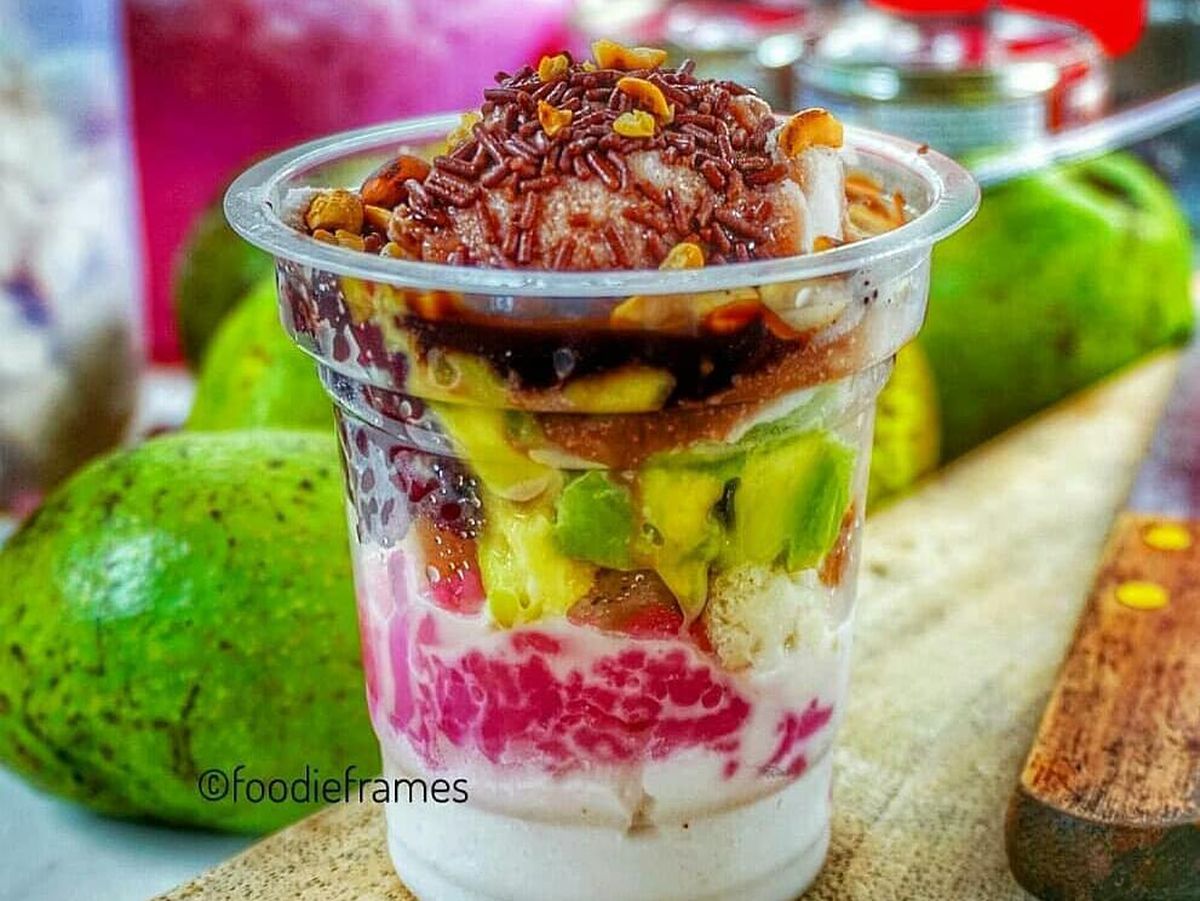
The foundation of Es Doger lies in its ingredients, each contributing to its distinct flavor and texture. Coconut milk is the primary component, providing a creamy base that is then mixed with ice and a pink syrup. This syrup can be made from rose or cocopandan (pandan) extracts, or even artificial food coloring, depending on the vendor’s preference.
Toppings play a crucial role in enhancing the experience. Red tapioca pearls, also known as “pacar cina merah delima,” add a chewy texture, while avocado and jackfruit bring a fresh, fruity note. Cassava tapai and black glutinous rice tapai offer a fermented depth, and condensed milk—whether plain or chocolate-flavored—adds a touch of sweetness. These elements are combined in a way that balances the drink’s richness and acidity.
Similar Drinks and Regional Variations

While Es Doger is uniquely Bandung-based, it shares similarities with other Southeast Asian desserts. One notable example is the Malaysian “Ais Bandung,” which also features coconut milk and pink rose syrup. However, Ais Bandung typically contains fewer ingredients compared to Es Doger. Despite these similarities, the exact relationship between the two drinks remains unclear, leaving room for speculation about their shared origins.
Making Es Doger at Home

Creating an authentic Es Doger at home requires attention to detail and quality ingredients. The process begins with selecting young coconuts, which should have a firm yet tender texture. The coconut milk is then extracted and mixed with water and pandan leaves to create a fragrant base.
Cincau hitam, or black agar-agar, is another essential element. It is made by mixing black agar powder with boiling water and allowing it to set. Once hardened, it is cut into small pieces and added to the drink. For the tape ketan hitam, or black glutinous rice tapai, the fermentation process is critical. Using high-quality rice and active yeast ensures a flavorful result after 2-3 days of resting.
Tips for the Perfect Es Doger
To achieve the best results when making Es Doger, several tips can be followed. First, the ratio of thick coconut milk to water should be 2:1 to maintain a balanced consistency. Reboiling the mixture with pandan leaves enhances the aroma without causing the milk to curdle. Additionally, using natural syrups like raspberry or frambozen instead of artificial food coloring helps preserve the drink’s authenticity and health benefits.
Another important tip is to ensure that all toppings are fresh and properly prepared. The red tapioca pearls should be cooked until they are soft but not mushy, while the avocado and jackfruit need to be sliced evenly to distribute the flavors uniformly. Finally, serving the drink chilled ensures maximum refreshment, especially during warmer weather.
Conclusion
Es Doger is more than just a dessert; it is a representation of Indonesia’s rich culinary traditions. From its origins in Bandung to its widespread popularity across the country, this pink-hued beverage continues to delight taste buds with its unique combination of textures and flavors. Whether enjoyed from a street vendor cart or prepared at home, Es Doger remains a cherished part of Indonesian culture. Its enduring appeal lies in its simplicity, versatility, and the joy it brings to those who savor it.


